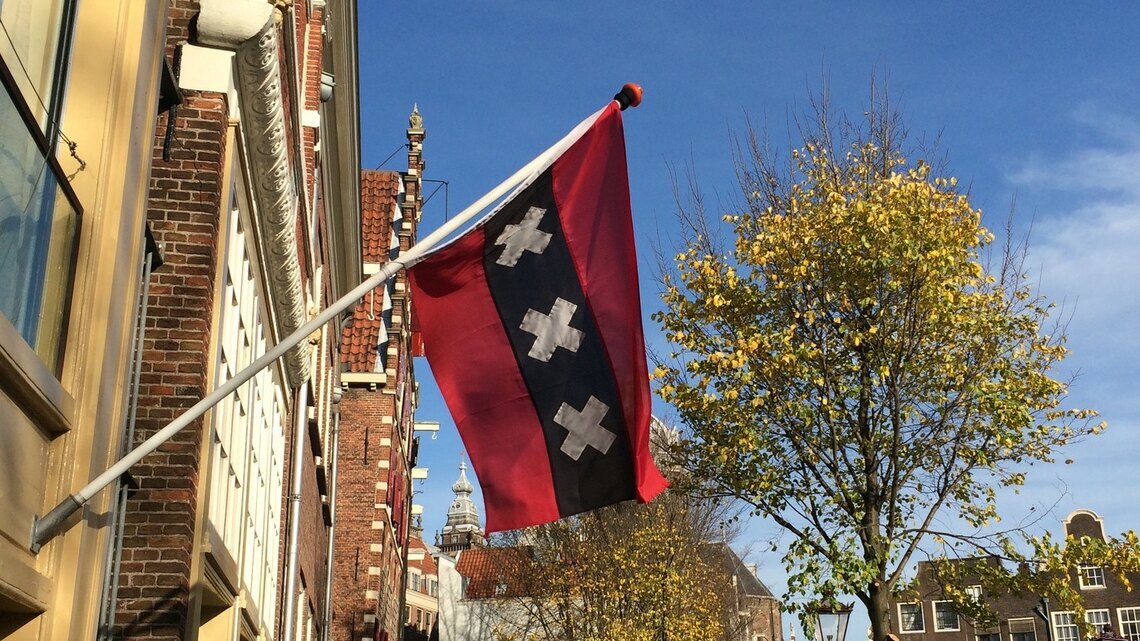Religion and prostitution in Amsterdam
If you stand in front of the Oude Kerk in Amsterdam you are somewhere quintessentially Dutch. The ancient church is surrounded by ‘coffee’ shops and a very international group of prostitutes. Gazing at them are the tourists, also from all over the globe. Religion, surrounded by sin, in a city where people from every country and every walk of life are welcome.
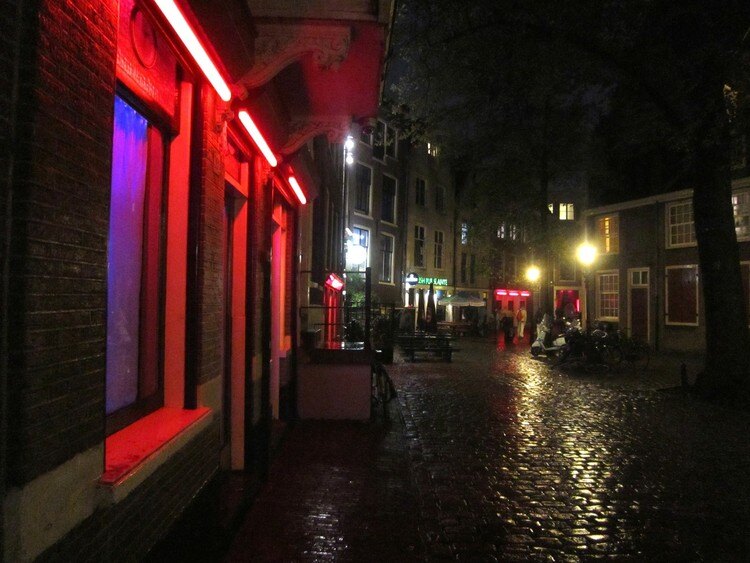
Oude Kerk, Amsterdam's oldest building
The Oude Kerk is not as imposing as its younger brother the Nieuwe Kerk on Dam Square about a kilometer further. Yet it is here that the city had its first church around 800 years ago.
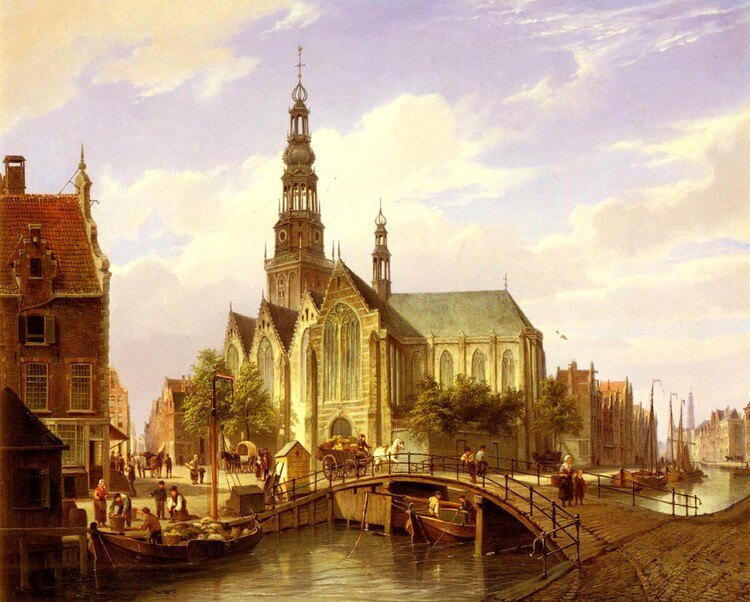
It no longer has this function but you can still enter. It is a good example of Dutch gothic architecture and has graves of some notable Dutch people including naval heroes, mayors of Amsterdam and Rembrandt’s first wife. But besides dead people it has more. Next to the organ on the North side of the church is the Hamburger Chapel, funded by merchants from this city. It was not uncommon for certain groups like guilds to have their own chapel in the church to worship in.
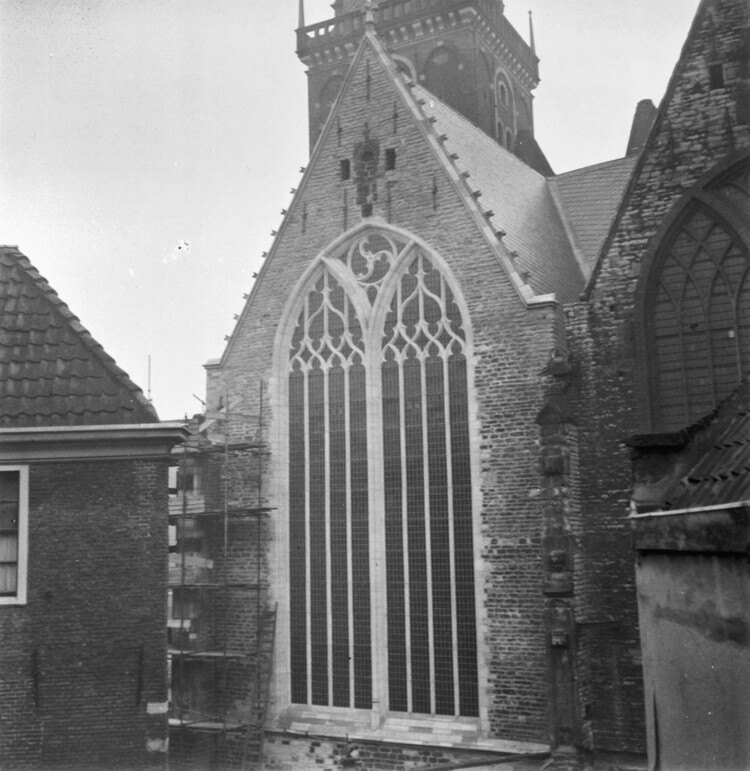
Merchants from Hamburg
The reason these merchants from Hamburg were here was because they brought beer to Amsterdam. Beer from northern German towns like Bremen and Hamburg was far superior than the brews people drank here. In 1323 count Willem II established Amsterdam’s toll on foreign beer, meaning that all beer from foreign lands had to go through Amsterdam first. It made the city an important hub for this beer.
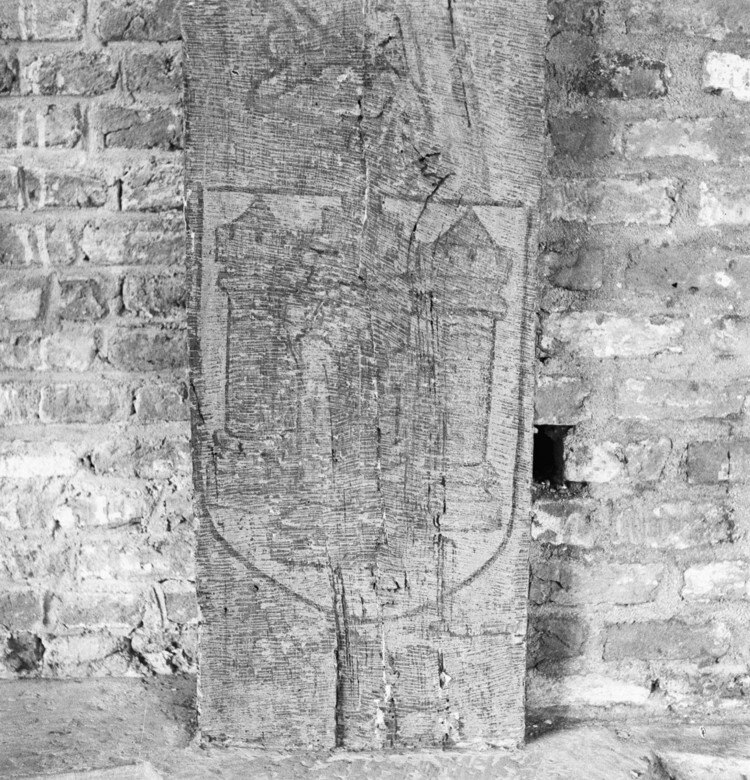
Gruit beer versus hopped beer
What made the beer from Hamburg superior was its use of hops. The local beers were made with gruit, a herbal mixture that included among many other things bog myrtle. Historians are actually still looking for the entire recipe, if there has ever been one.
The popularity of hopped beers made Dutch brewers turn to brewing this type as well, something the local count Willem IV hated it at first. He received tax over the gruit and now that this was being used less and less he ended the import of hopped beer. This lasted only two years and soon he reinstated the import, and gave Amsterdam the sole right to distribute it further over Holland and Flanders. He also levied a tax on hops, something Dutch brewers were increasingly brewing with.
Fun fact: Jopen Bier from Haarlem used a local recipe from 1407 to brew a Gruit beer in 2000 and named it Koyt Gruitbier. A reminder that Haarlem was once a beer city of even far greater importance than Amsterdam.
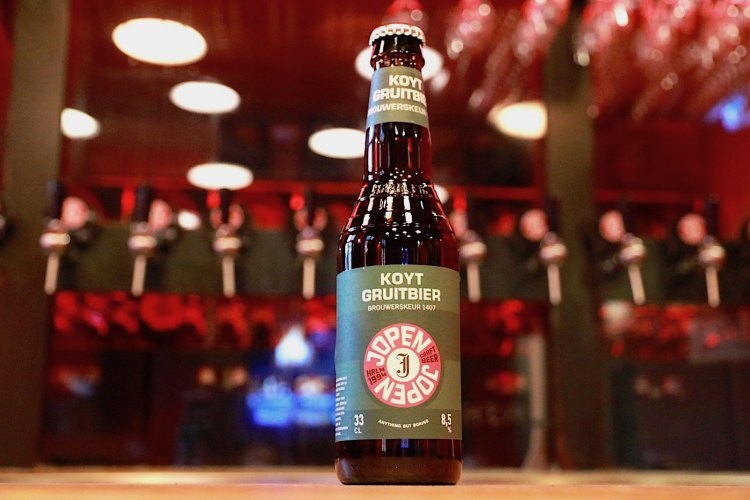
Amsterdam trading city
This constant stream of trade opened up the lands east of Hamburg to traders from Amsterdam and they found iron, wood and grain there. They started bringing this to Amsterdam and it made some people very, very rich. So rich indeed that it eventually gave them enough capital to fund the first expeditions to Asia to search for spices.
These Hamburger merchants who had their own chapel in the church were probably the first German immigrants to Amsterdam. Many would follow. In fact most Dutch people have German heritage from the many immigrants that came to Holland for a better life throughout the centuries.
The German influence in beer also remained. When the first pilsners were brewed in the 19th century German brewers with the know-how moved here to work in the first breweries. Oh, and Gerard Adriaan Heineken, who started a brewery under his own name? His grandfather was German.
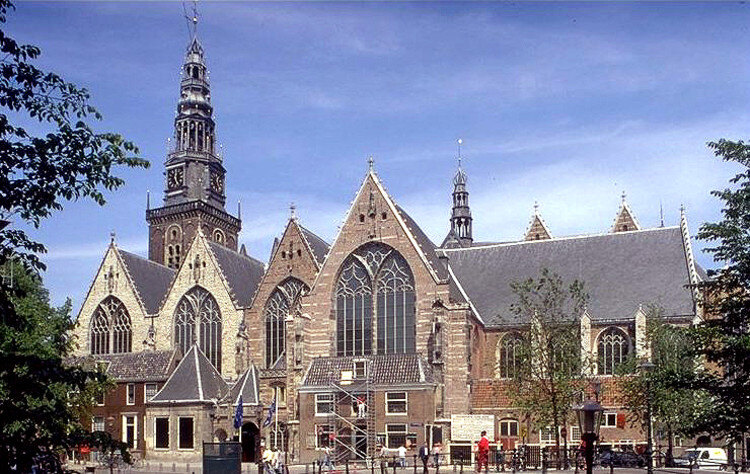
It may not look like much in the church, but see it as a start of the prowess of Amsterdam, but the entire area is a symbol of what Amsterdam is, an open city for people all over the world. Amsterdam has since these first Hamburgers always been a city of immigrants, as it is to this day.
Author: Martijn Buisman
Picture credits (from top to bottom):
- Red Light District, Amsterdam. (Picture by Anjaneyadas, CC BY-SA 3.0)
- A capriccio view of Amsterdam. (Painting by Cornelis Christiaan Dommersen, 1875)
- Hamburger chapel in Oude Kerk after renovation. (Picture by H. Janse, Rijksdienst voor het Cultureel Erfgoed, CC BY-SA 4.0)
- Weapon of Hamburg in Hamburger chapel Oude Kerk (Picture by H. Janse, Rijksdienst voor het Cultureel Erfgoed, CC BY-SA 4.0)
- Koyt Gruitbier, Jopen Bier. (Picture by Tasty Tales)
- Exterior view of Oude Kerk (Picture by Amsterdam Municipal Department for the Preservation and Restoration of Historic Buildings and Sites, bMA)
Updated: 26-02-2025
